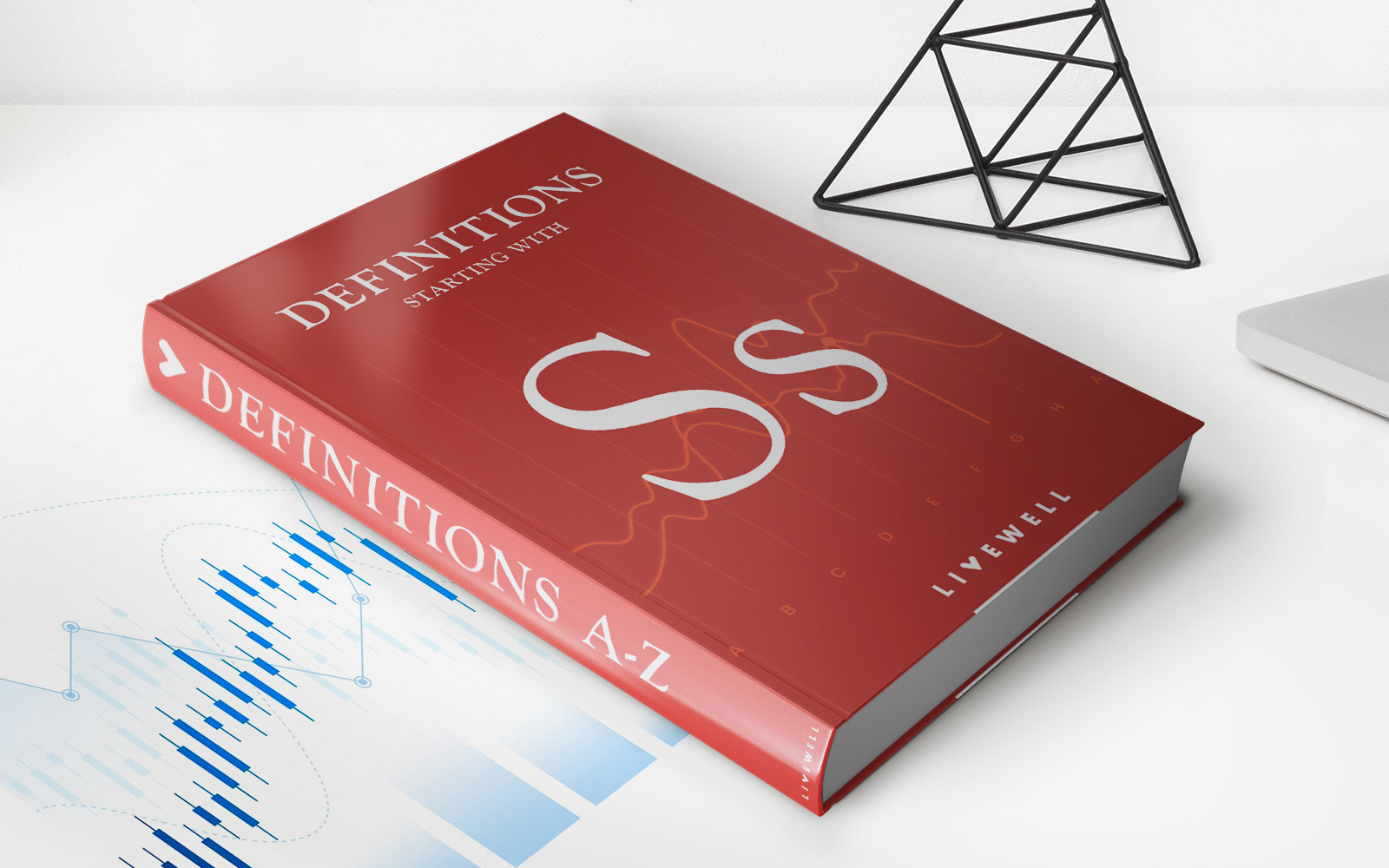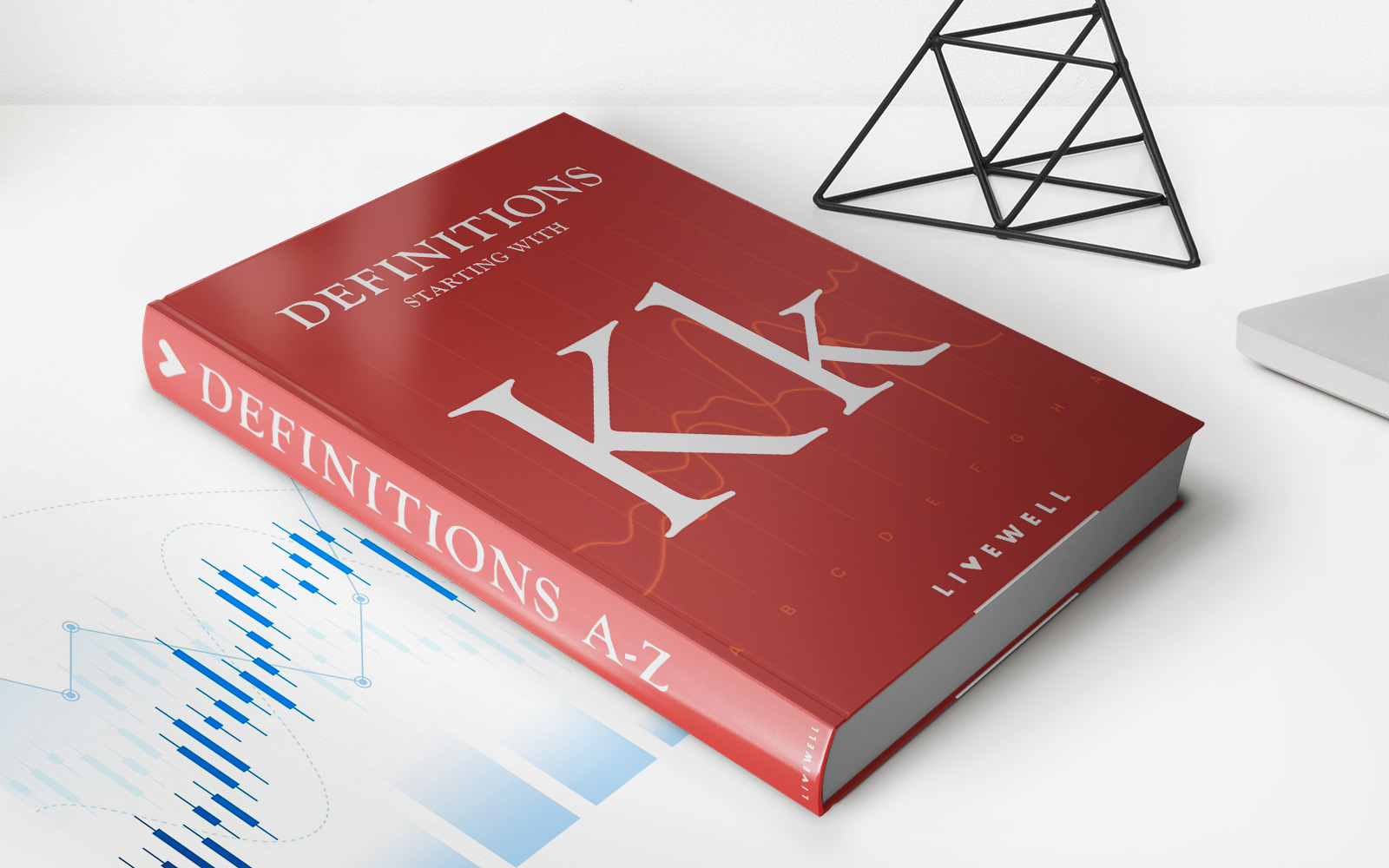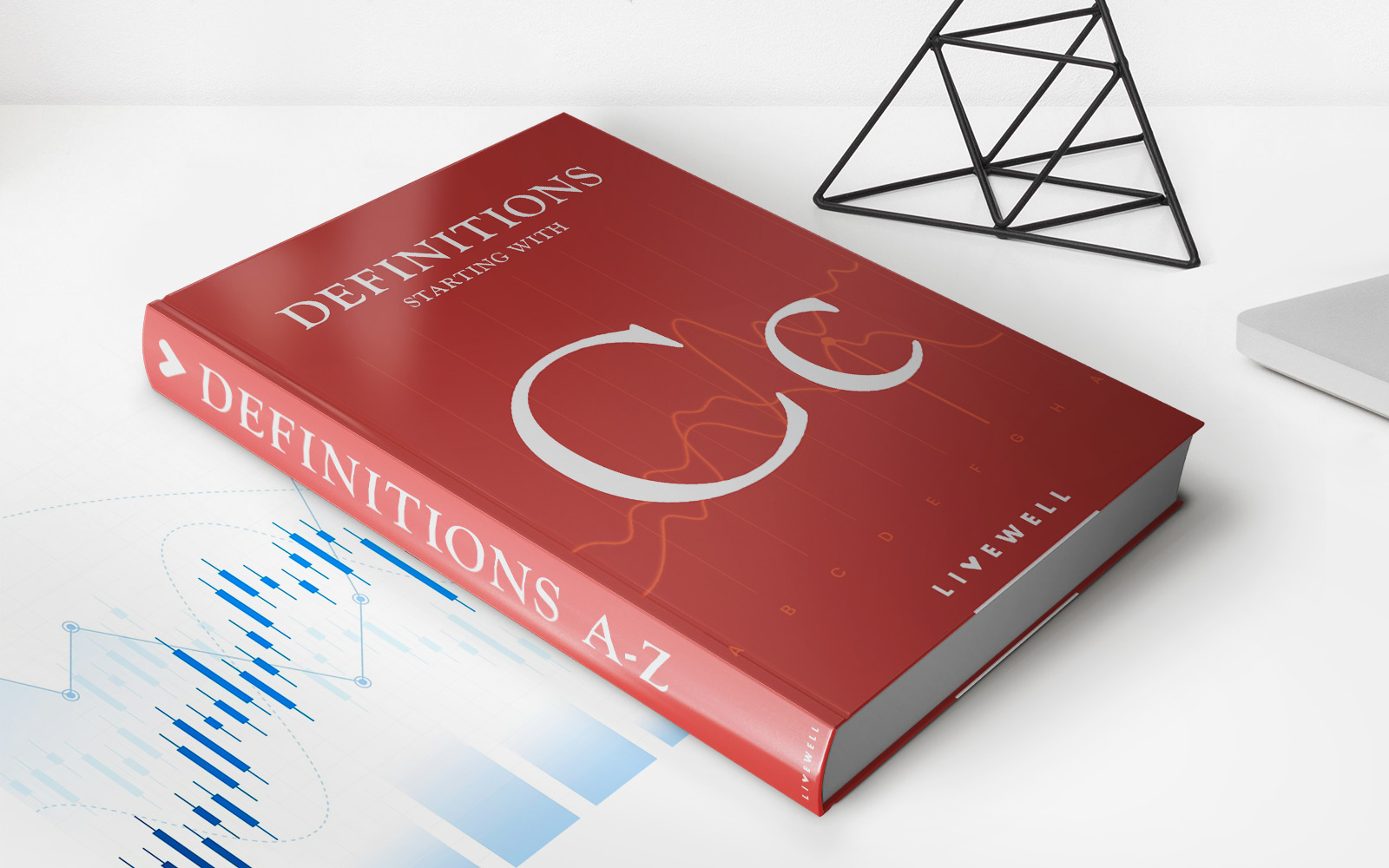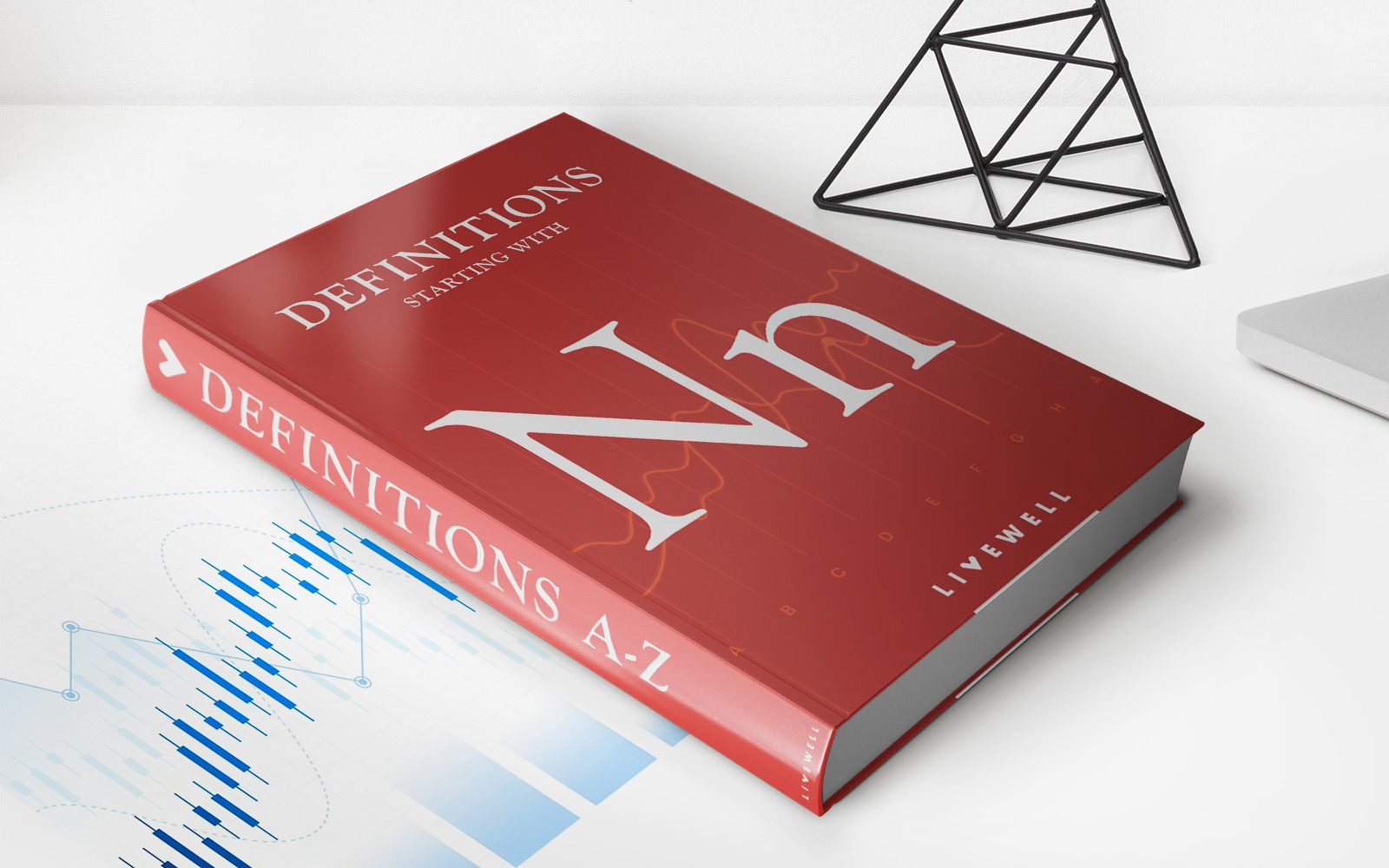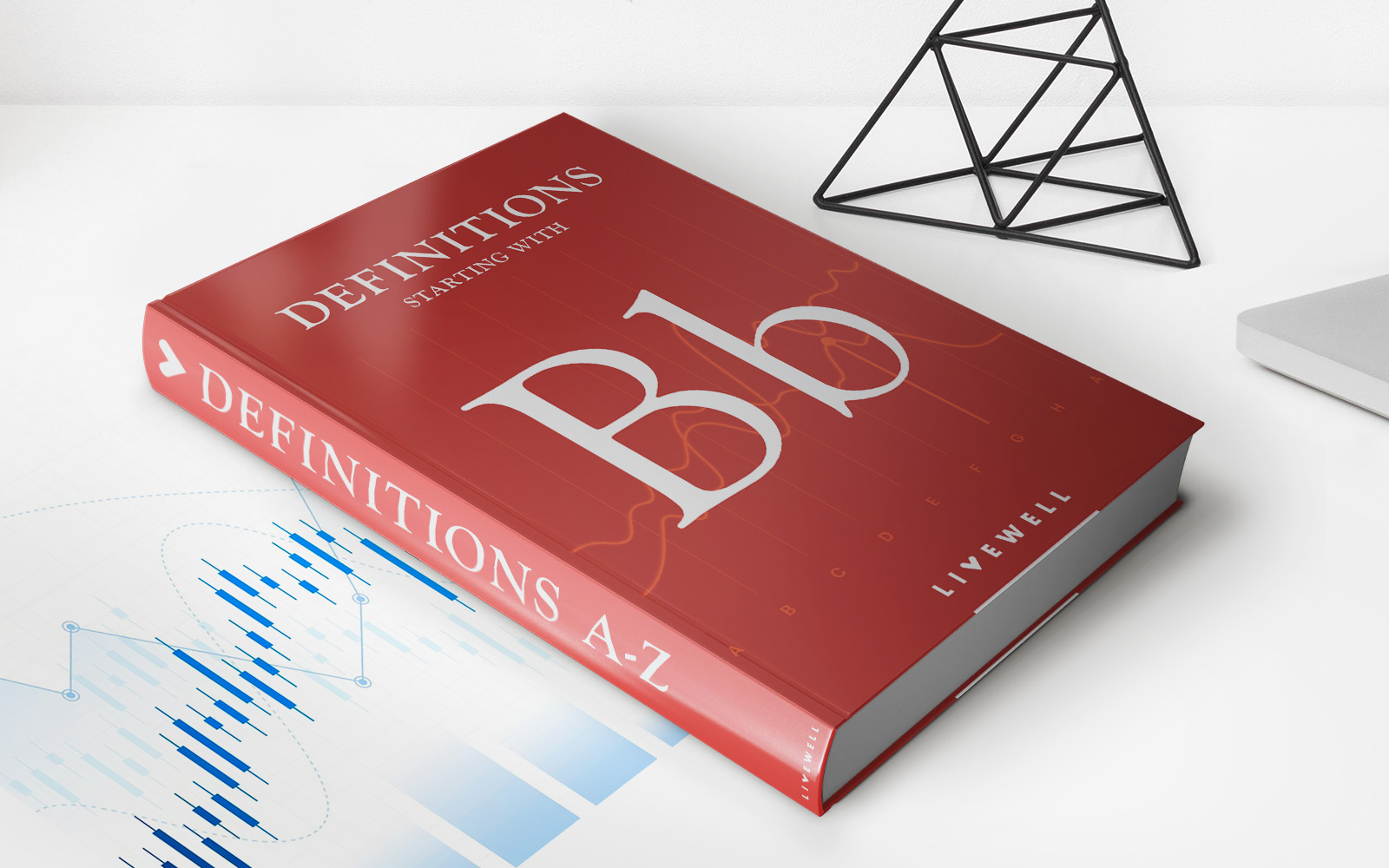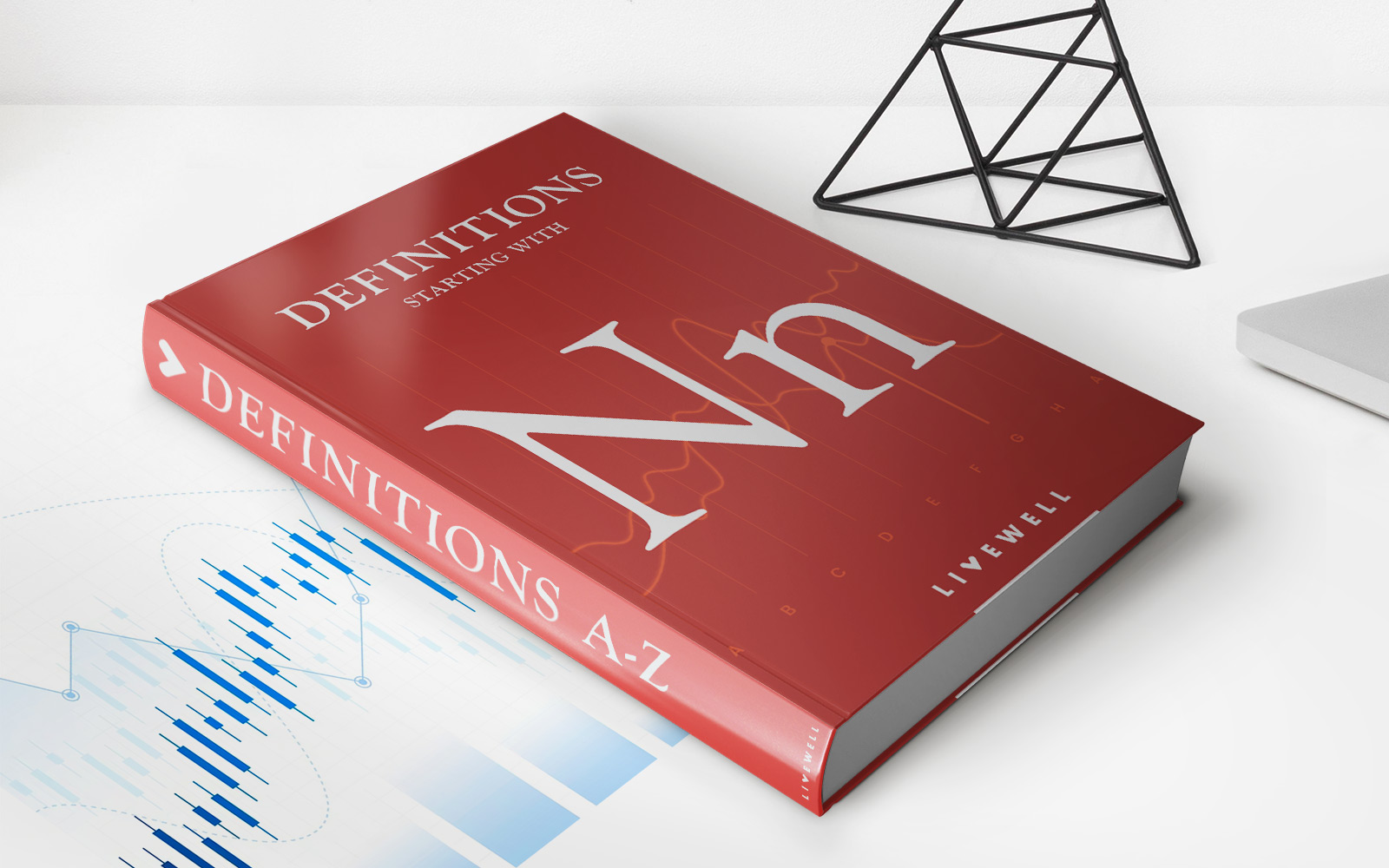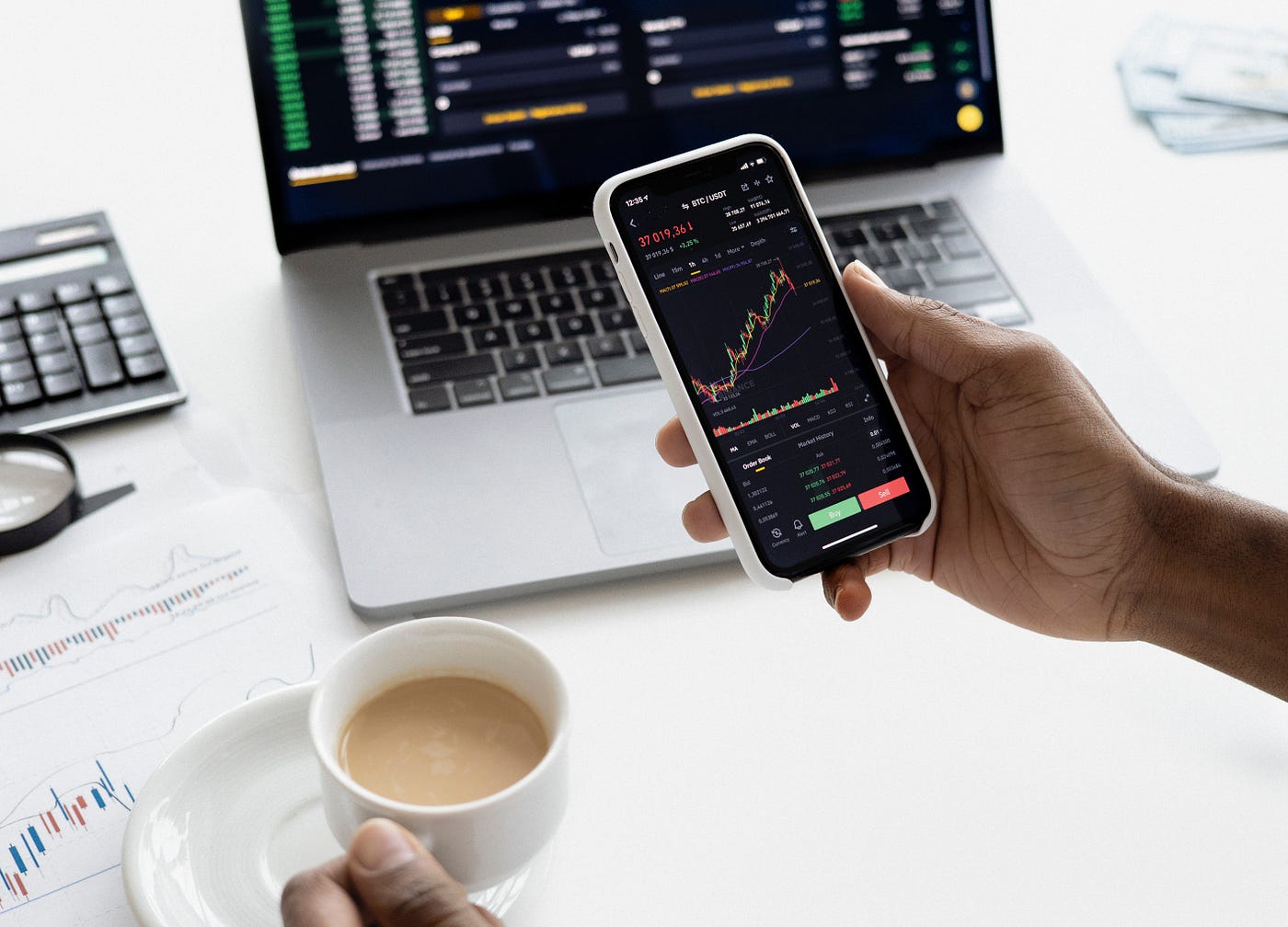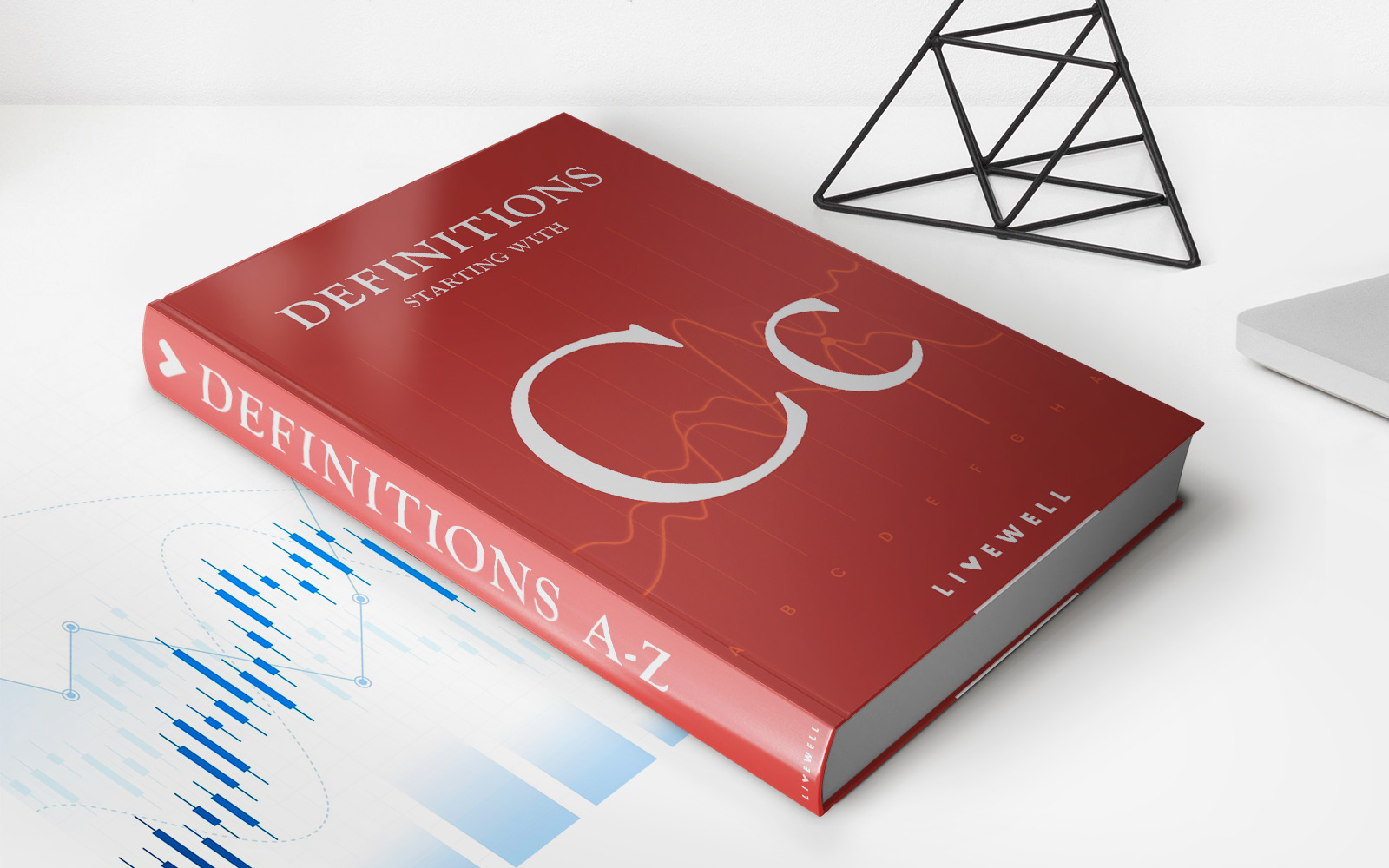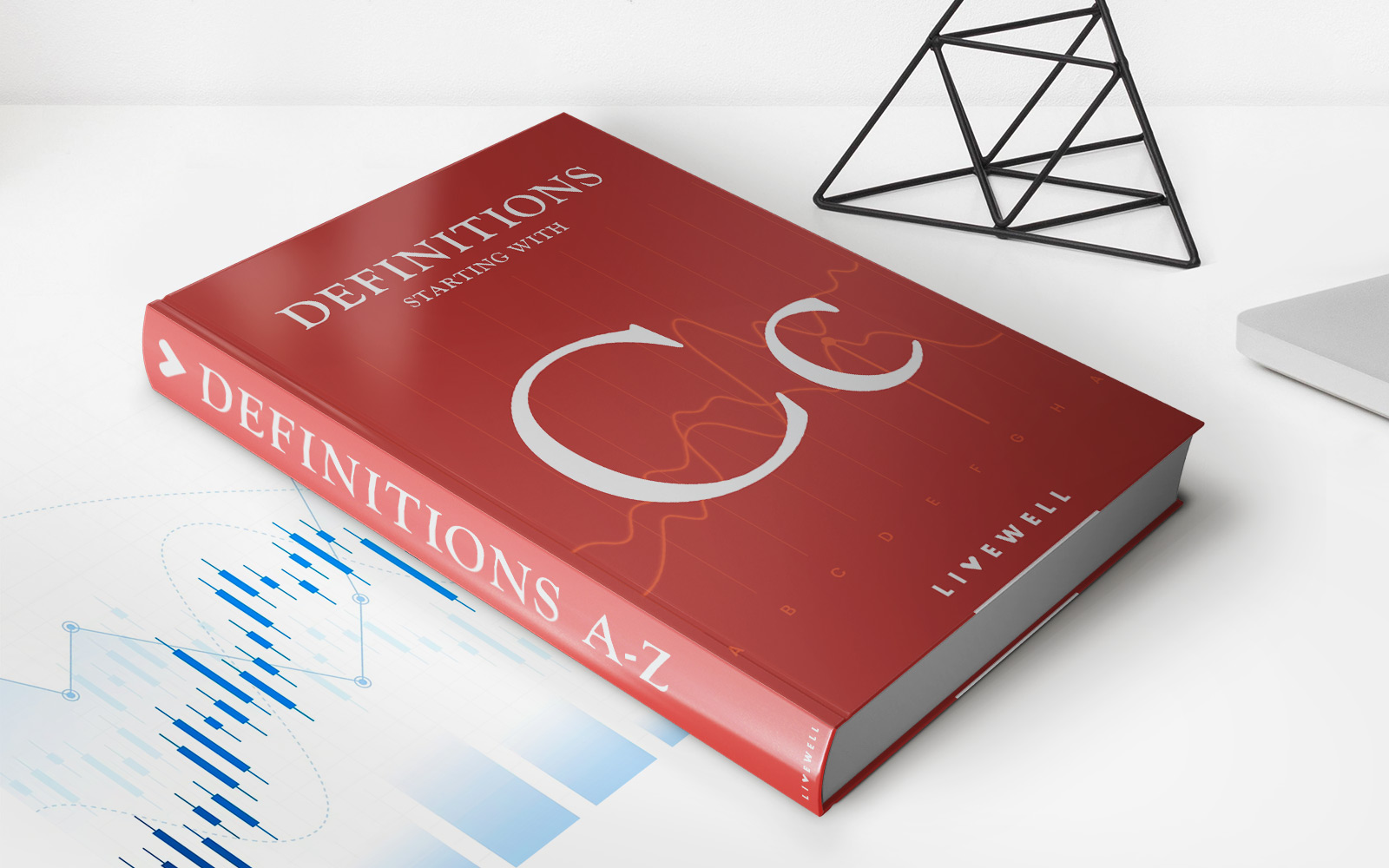Home>Finance>Korean Won (KRW) Definition And Currency History


Finance
Korean Won (KRW) Definition And Currency History
Published: December 16, 2023
Learn the definition and currency history of the Korean Won (KRW) in the world of finance. Gain insights into the performance and significance of this currency.
(Many of the links in this article redirect to a specific reviewed product. Your purchase of these products through affiliate links helps to generate commission for LiveWell, at no extra cost. Learn more)
What is Korean Won (KRW)?
When it comes to global currencies, the Korean Won (KRW) is a prominent name that often pops up. But what exactly is the Korean Won, and how has it evolved over time?
Key Takeaways:
- The Korean Won (KRW) is the official currency of South Korea.
- It has a rich and fascinating history that spans several decades.
The Korean Won is the official currency of South Korea, a vibrant and dynamic country in East Asia. It is denoted by the symbol “₩” and is issued and controlled by the Bank of Korea, the country’s central bank.
In the early years of its existence, the Korean Won faced several challenges as the South Korean economy underwent rapid development. From its inception in 1945 until 1953, the Korean Won was pegged to the US Dollar at a rate of 15:1. However, due to the Korean War, the currency’s value rapidly depreciated, reaching a rate of 600:1 in 1953.
Following the stabilization of the Korean economy, the Korean Won underwent significant reforms in the 1960s and 1970s. The government implemented various measures to control inflation and stabilize the currency, including demonetization and currency swap agreements with foreign countries.
Throughout the 1980s and 1990s, the Korean Won continued to strengthen, reflecting South Korea’s growing economic power. The country experienced rapid industrialization and emerged as one of the leading economies in the world. As a result, the Korean Won gradually gained value against major currencies.
However, the Korean Won also faced challenges in the form of financial crises. The Asian financial crisis in 1997 and the global financial crisis in 2008 had a significant impact on the Korean Won, causing its value to plummet. To mitigate these crises and restore stability, the South Korean government implemented various economic stimulus measures.
Today, the Korean Won is widely traded on the global foreign exchange market. It is one of the most actively traded currencies in Asia and has a strong presence in international finance.
Currency History:
Here is a brief timeline of the currency’s history:
- 1945: Korean Won introduced with a 15:1 peg to the US Dollar.
- 1953: Korean War depreciation results in a rate of 600:1.
- 1962: Currency reform with the introduction of the First Won (₩).
- 1975: Introduction of the Second Won (₩) following the currency swap agreement with foreign countries.
- 1980s-1990s: Korean Won strengthens due to economic growth and industrialization.
- 1997: Asian financial crisis causes the Korean Won to depreciate.
- 2008: Global financial crisis impacts the Korean Won.
- Present: Korean Won remains a strong and dynamic currency.
In conclusion, the Korean Won is the official currency of South Korea and has a rich history that reflects the country’s economic growth and development. Understanding its past and present is essential for anyone interested in international finance and trade.
